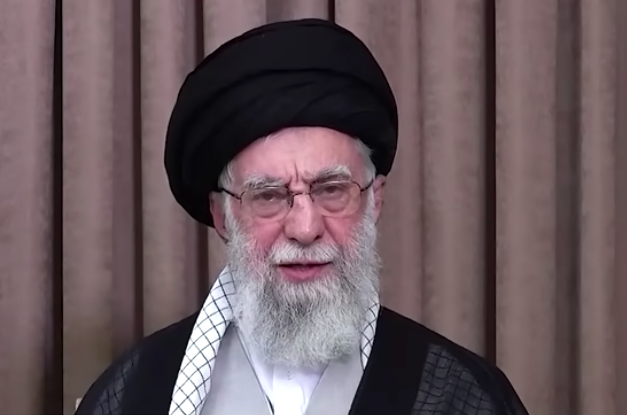
 Iran's Supreme Leader Ali Khamenei
Iran's Supreme Leader Ali Khamenei
The extent of damage inflicted on Iran's nuclear facilities by recent US airstrikes remains a swirling question as sharply divergent assessments emerge from Washington, Tehran and international observers.
In an interview broadcast on Sunday on Fox News, US President Donald Trump reiterated his confidence that American bombs had destroyed Iran's nuclear capabilities.
"It was obliterated like nobody's ever seen before. And that meant the end to their nuclear ambitions, at least for a period of time," Trump said, referring to US air raids carried out a week earlier against three key nuclear facilities, including Fordow, Iran's most important uranium enrichment site buried deep inside a mountain.
The facility's main halls are believed to lie 80 to 90 meters underground.
"It's just thousands of tons of rock in that room right now. The whole place was just destroyed," Trump added.
However, a classified assessment by the Pentagon's Defense Intelligence Agency (DIA), leaked to US media Tuesday, offers a more cautious view that contrasts with Trump's repeated assertions.
According to the DIA report, the strikes failed to destroy Iran's underground facilities and likely set its nuclear program back by only a few months.
A similar assessment was shared by international experts and sources from Iran, suggesting the impact of the US strikes may be far more limited and warning that Iran's core nuclear capabilities could be restored within months.
On Sunday, Rafael Grossi, chief of the International Atomic Energy Agency, said Iran could resume uranium enrichment "within a matter of months."
"It is clear that there has been severe damage, but it's not total damage," said Grossi.
"Iran has the capacities there; industrial and technological capacities. So if they so wish, they will be able to start doing this again."
Grossi noted it was highly likely the sensitive centrifuges used to enrich uranium inside Fordow were badly damaged, but it's far less clear whether Iran's 9 tonnes of enriched uranium were destroyed.
Shortly after the US strikes, Mehdi Mohammadi, an adviser to the chairman of the Iranian parliament, claimed that Iranian authorities had evacuated the Fordow facility in advance, hence "no irreversible damage" was sustained during that attack.
Following the attack, the Israel Atomic Energy Commission stated that the Fordow facility had become "inoperable."
Israeli forces later bombed access roads to the site to delay any return.
The Washington Post on Sunday reported that the United States had obtained intercepted messages in which senior Iranian officials discussed the attacks, saying that they were less devastating than expected.
According to the report, the intelligence was the latest piece of preliminary information to offer a more complicated picture than the one presented by Washington, but it was refuted by the Trump administration.
"The notion that unnamed Iranian officials know what happened under hundreds of feet of rubble is nonsense. Their nuclear weapons program is over," said White House press secretary Karoline Leavitt, dismissing the Iranian assessment.












